Presseinformationen der Lenze-Gruppe
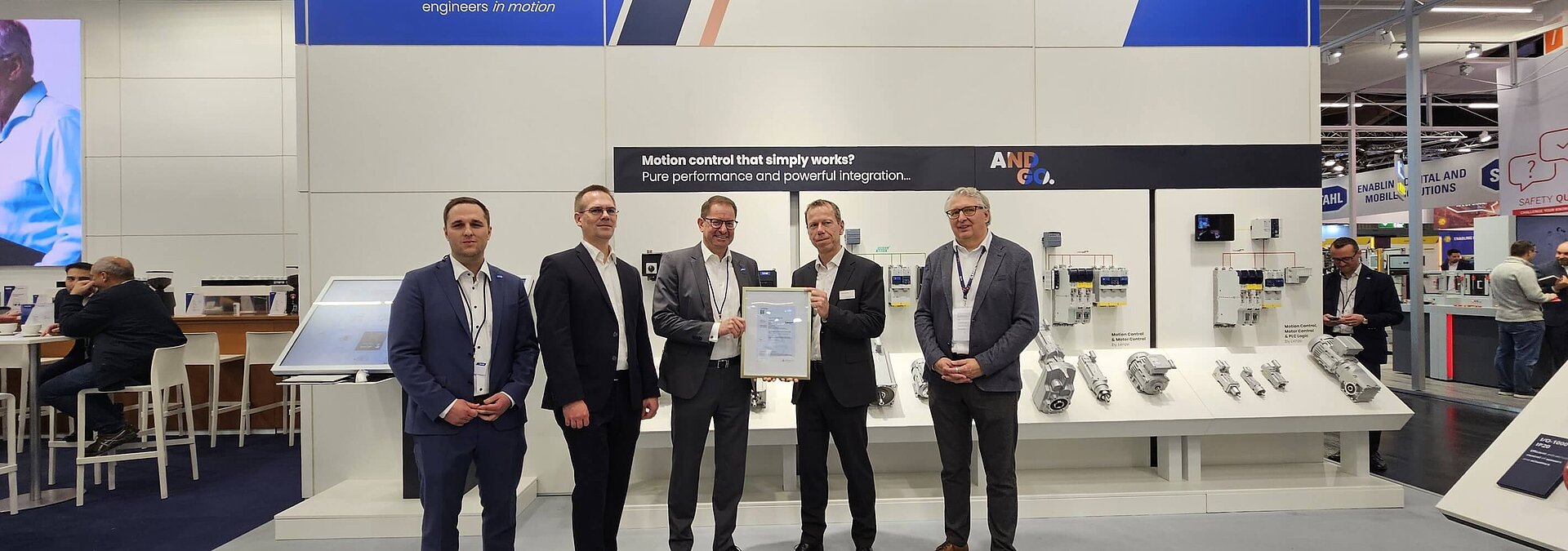
26. November 2025
Lenze erhält IEC 62443-4-1-Zertifizierung: TÜV Rheinland bestätigt cybersicheren Entwicklungsprozess
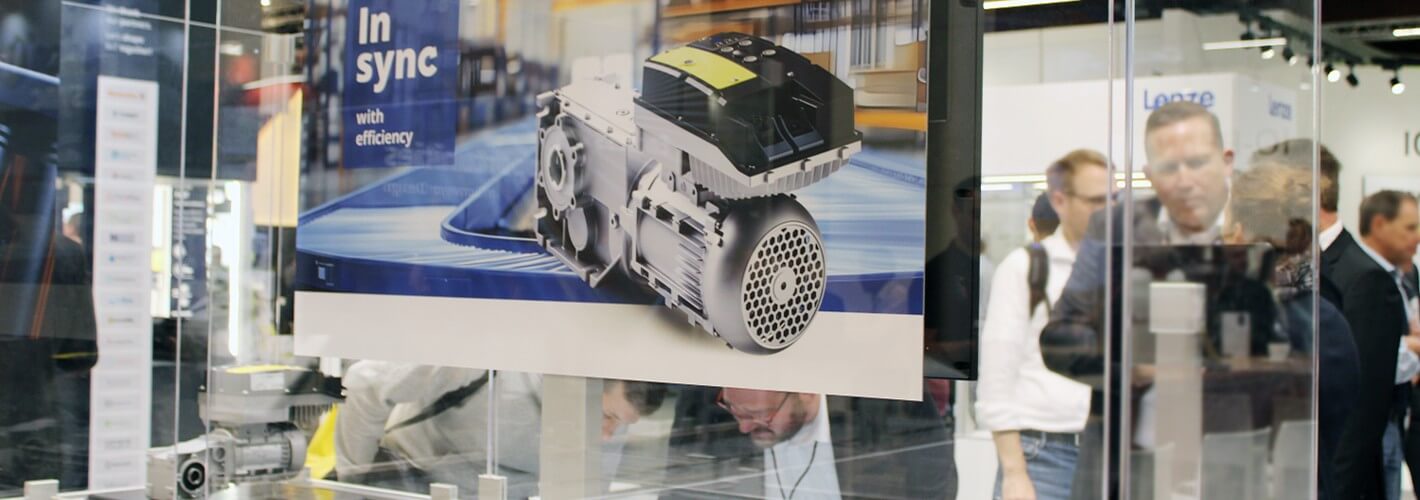
25. November 2025
Von null auf hundert: Das IE5/IE6 Motor Drive System mit i650 motec setzt neue Standards in Sachen Performance und Effizienz
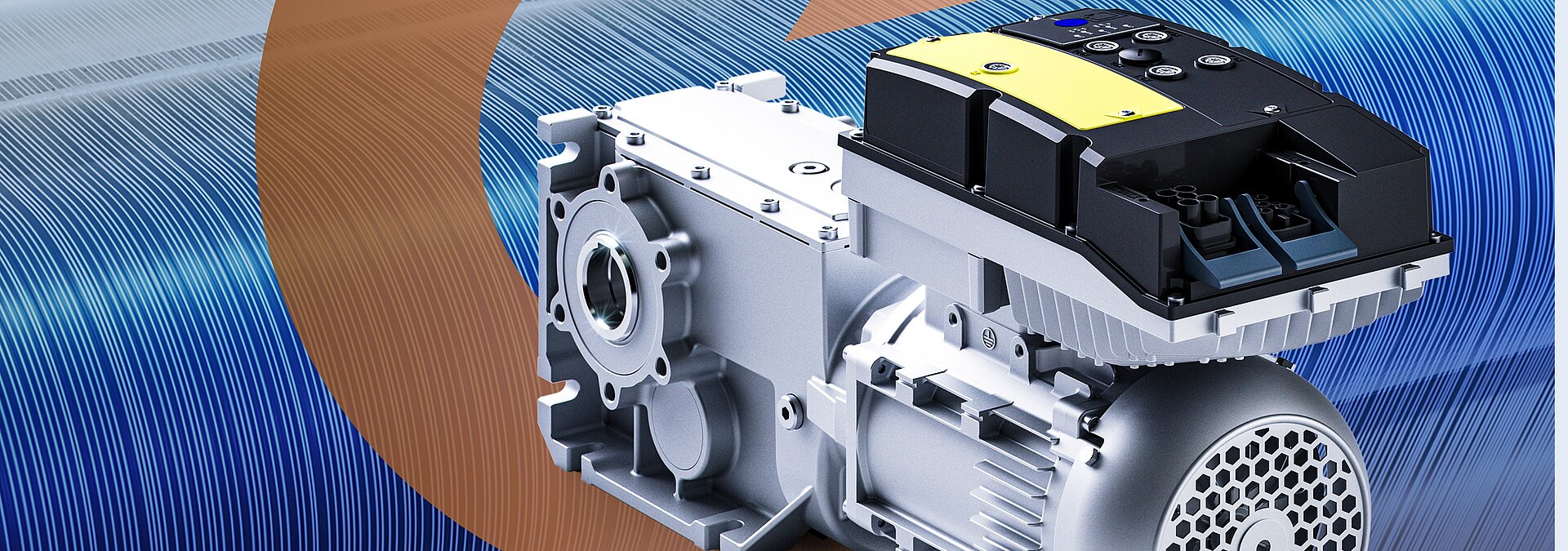
28. Oktober 2025
Innovationen für nachhaltige Textilproduktion: Lenze präsentiert auf der ITMA Asia das Motor Drive System IE5/IE6

14. Oktober 2025
Lenze auf der SPS 2025: Effizienz und Flexibilität für die nächste Maschinengeneration

01. Oktober 2025
Lenze auf der ITMA Asia 2025: Smartes, robustes und kosteneffizientes Motor Drive System IE5/IE6 für die textile Zukunft
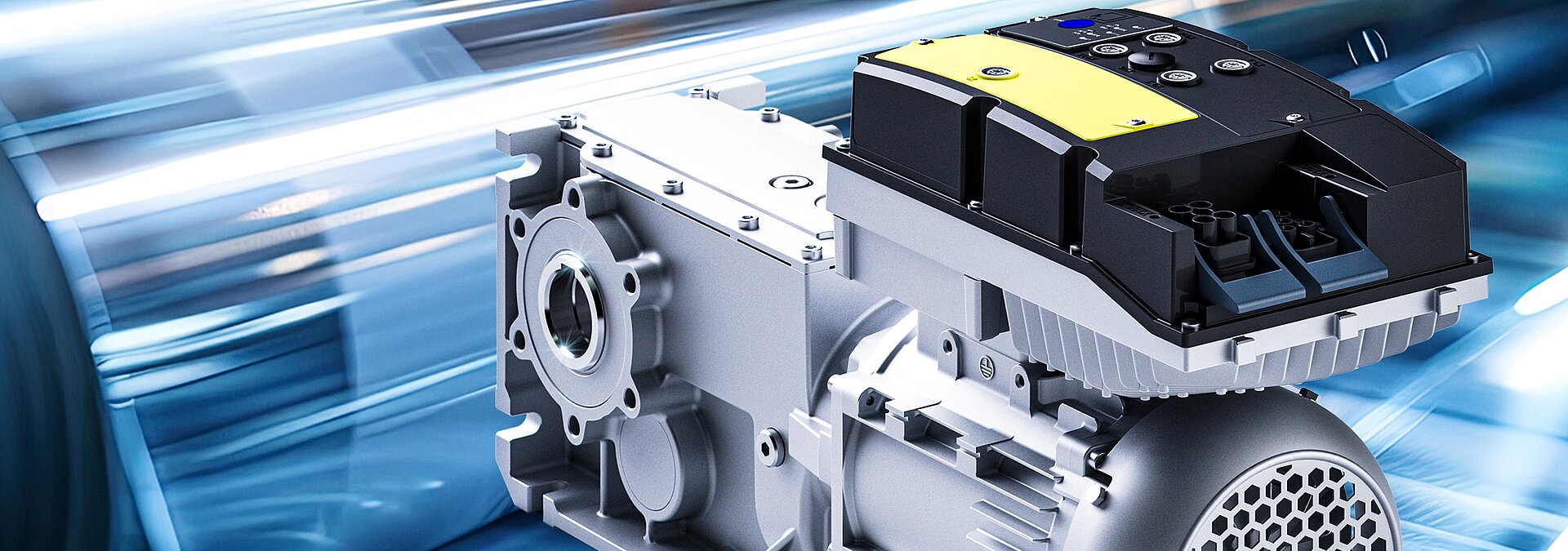
16. September 2025
Von null auf hundert: Das IE5/IE6 Motor Drive System mit i650 motec setzt neue Standards in Sachen Performance und Effizienz
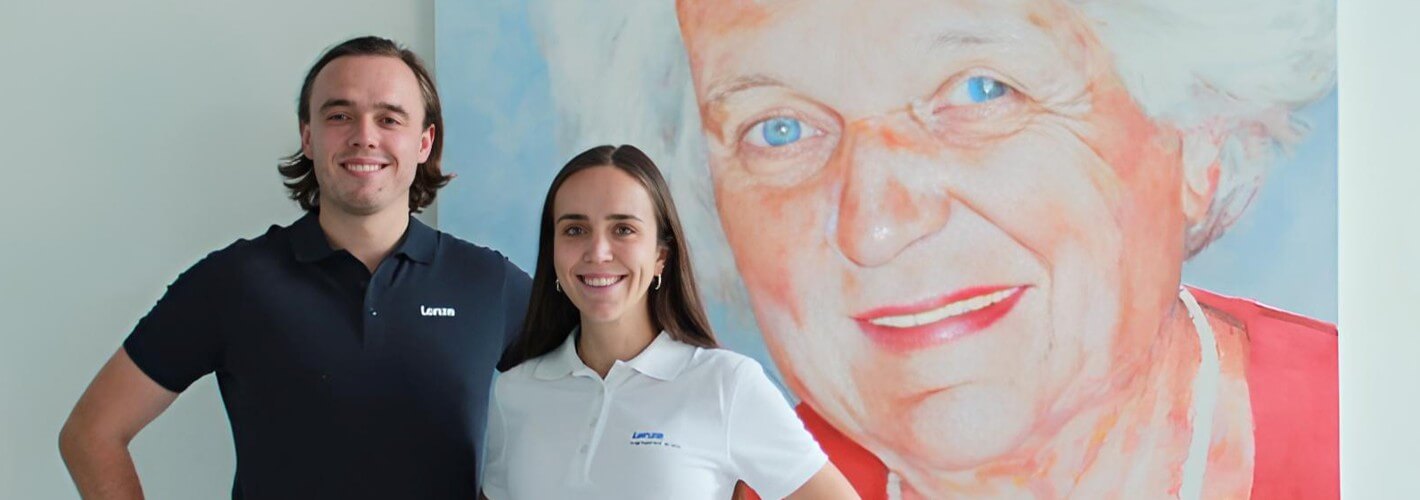
09. September 2025
Familienunternehmen Lenze: Eigentümerfamilie übernimmt operative Verantwortung

28. August 2025
Lenze auf der Labelexpo Europe: Skalierbare Antriebstechnik und durchgängige Automatisierung für die Printing und Converting-Industrie
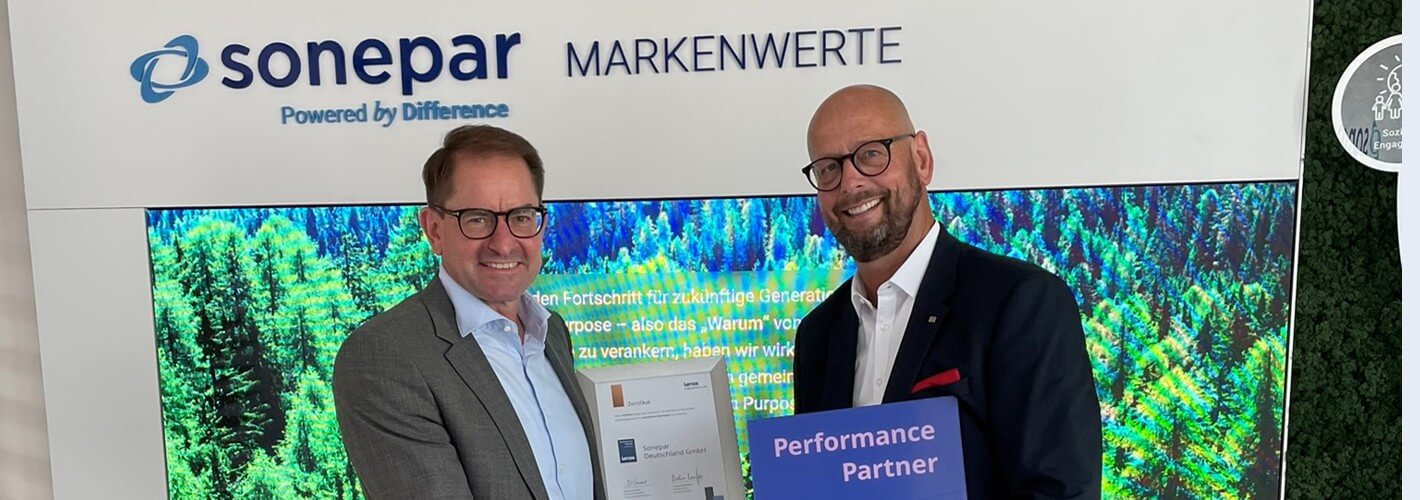

06. August 2025
Lenze Gruppe stellt Vorstand neu auf – Fokus auf Transformation und Zukunftsfähigkeit
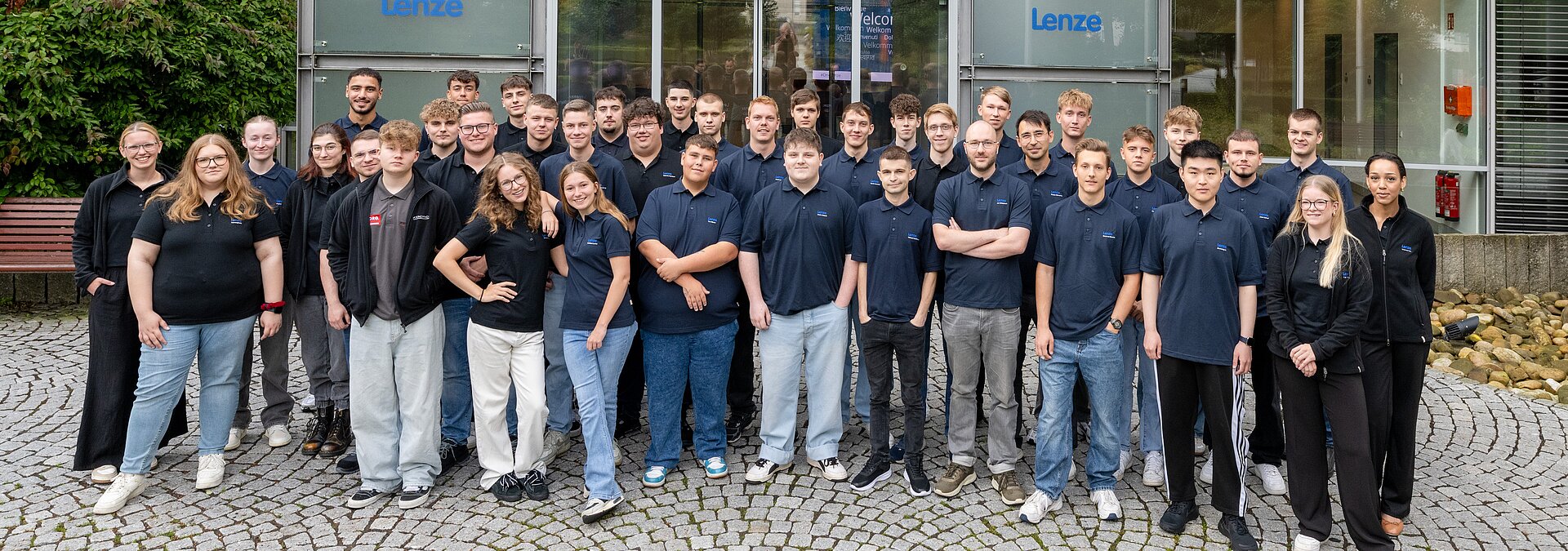
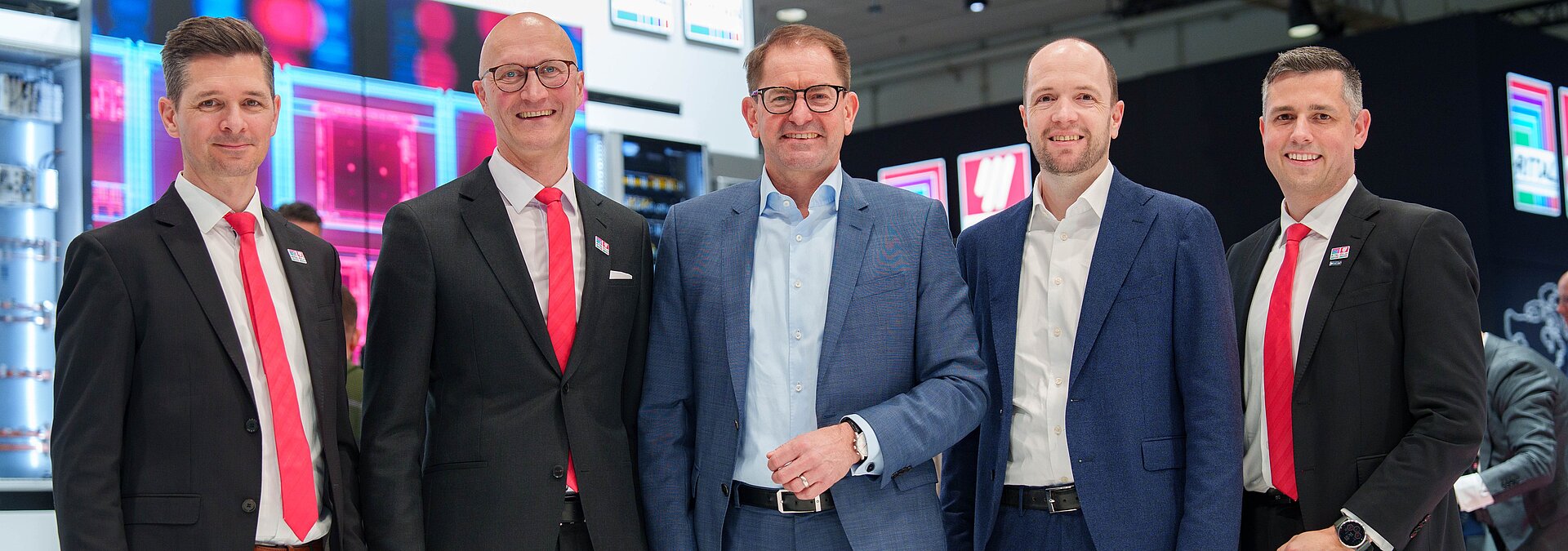




12. November 2024
Energieeffizient, einfach und kompakt – das neue Motor Drive System IE5/IE7

12. November 2024
Markus Sandhöfner startet als Group Vice President Global Accounts / Frank Lorch übernimmt die Leitung des Kundenservice
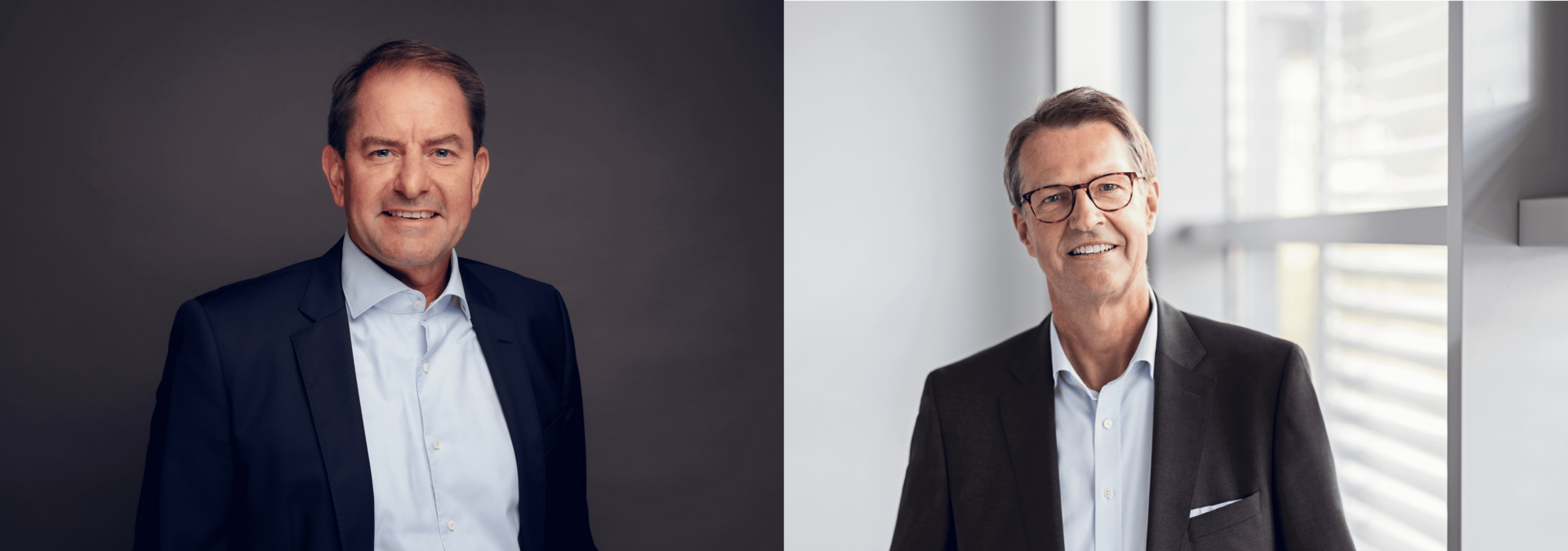
16. Oktober 2024
Veränderungen im Lenze-Vorstand: Dr. Marc Wucherer wird zum 1. Januar 2025 neuer Vorstandsvorsitzender


18. September 2024
Digital Hub Industry Bremen ab sofort Teil der de:hub-Initiative der Bundesregierung

13. September 2024
Dr. Johannes Haupt wird neuer Aufsichtsratsvorsitzender der Lenze SE
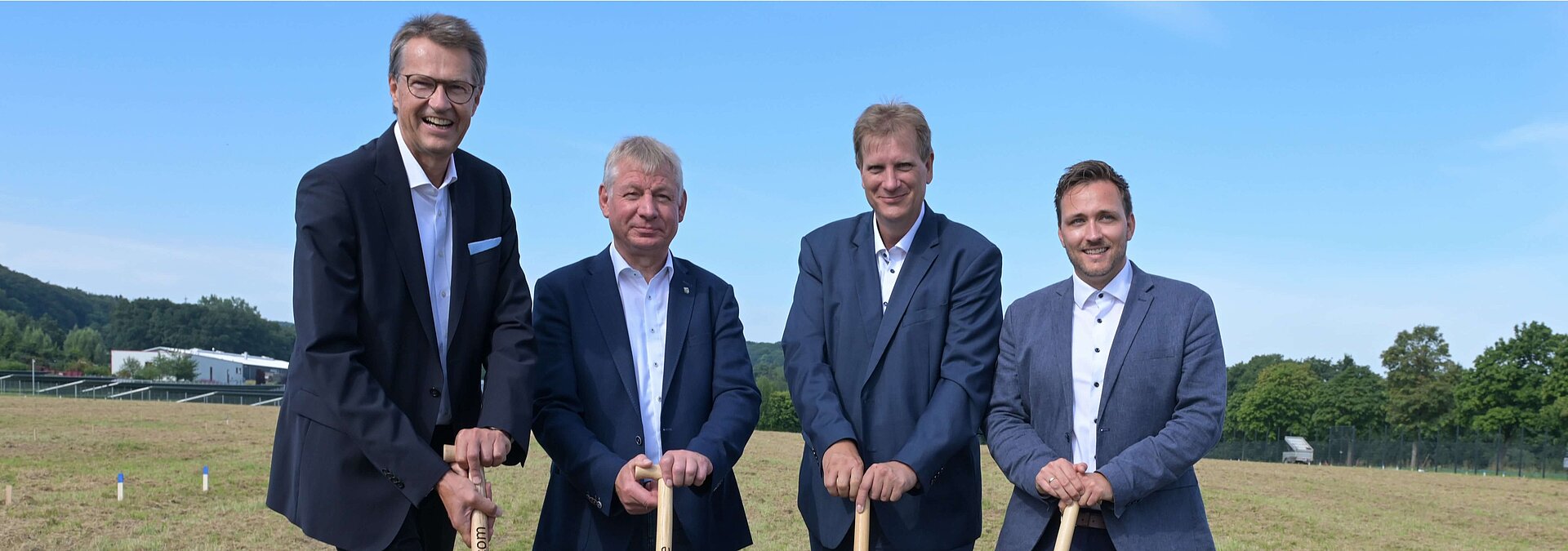
31. Juli 2024
Lenze setzt auf erneuerbare Energien – neue Photovoltaikanlage bringt 3,7 Gigawattstunden pro Jahr

28. Mai 2024
Das Digitalisierungspotenzial ausschöpfen – Lenze präsentiert innovative Lösungen auf der Drupa
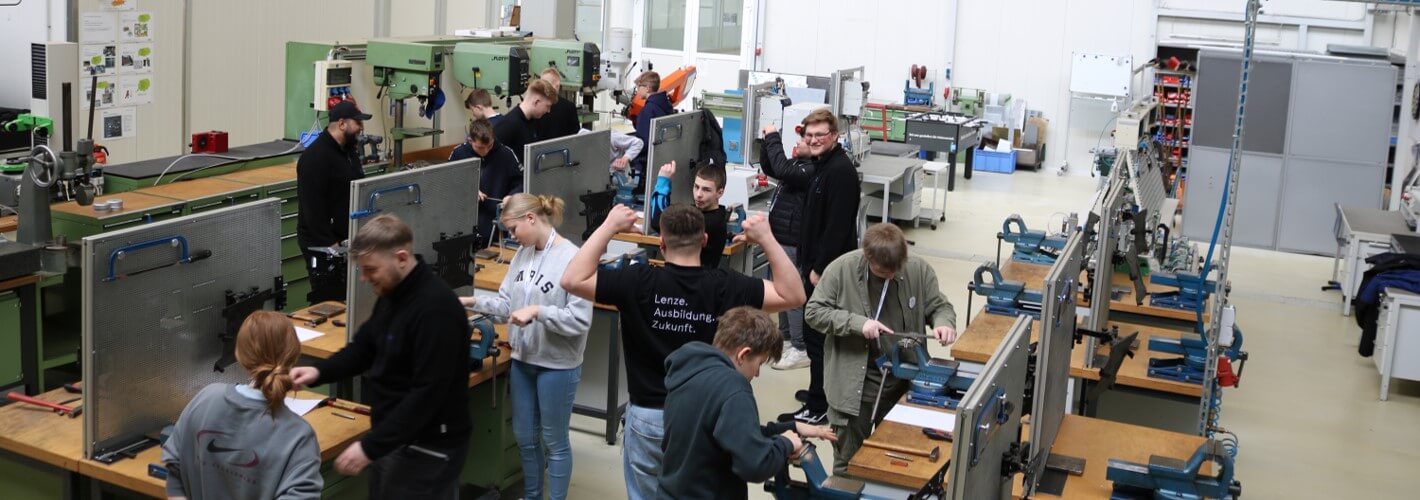
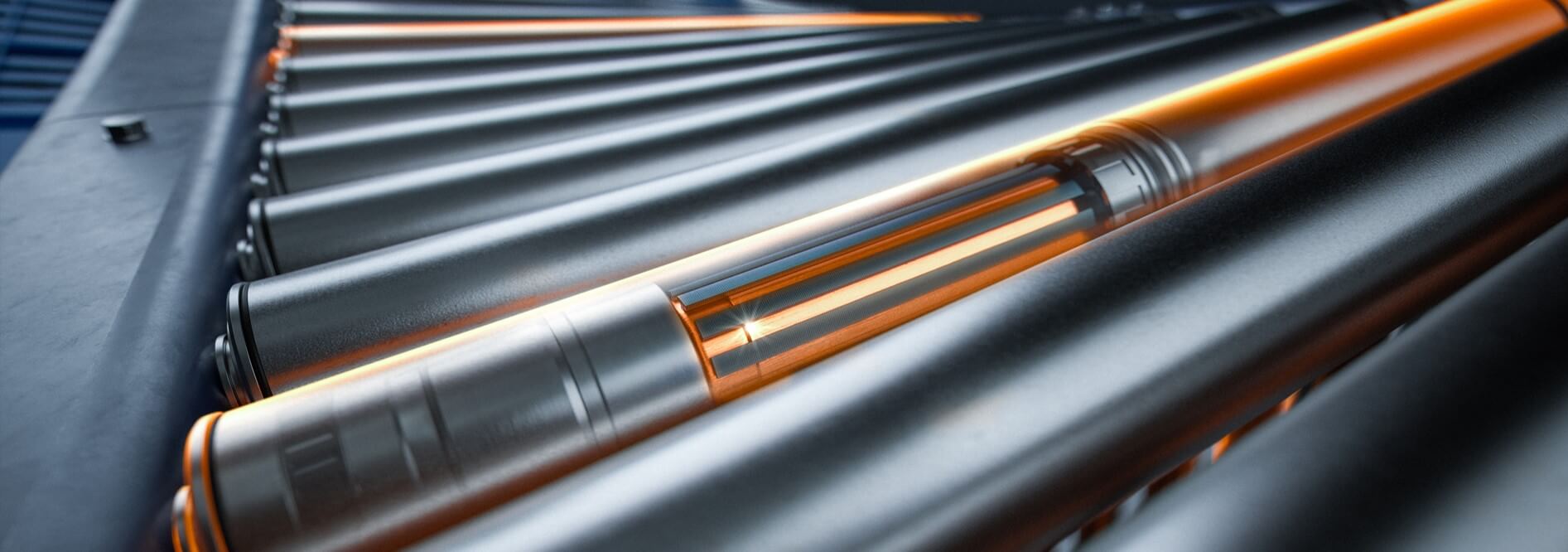
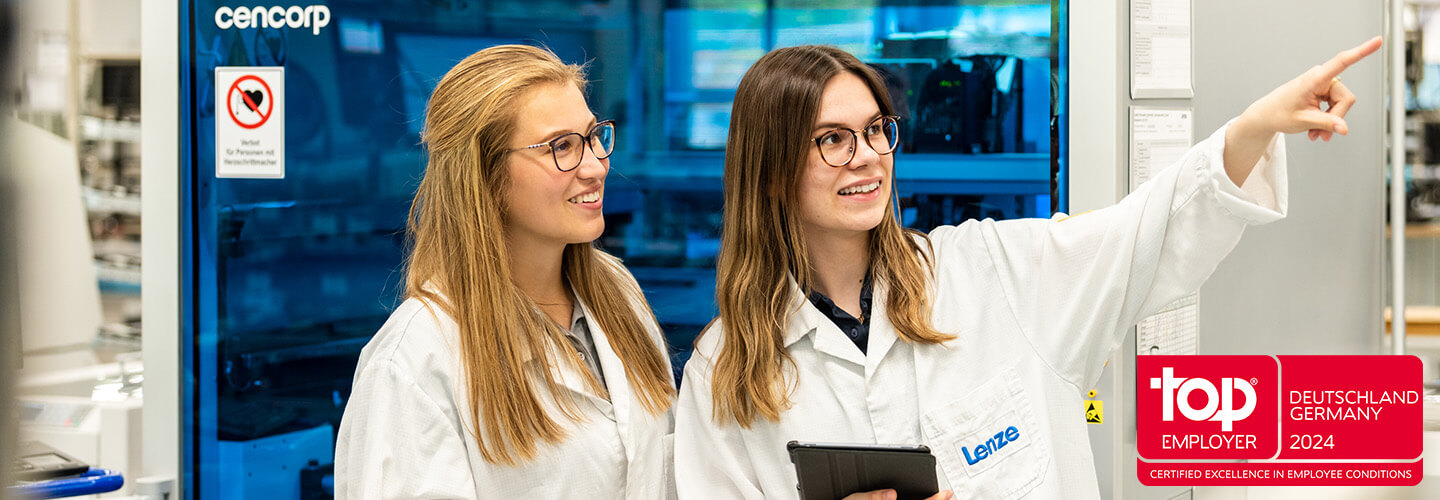

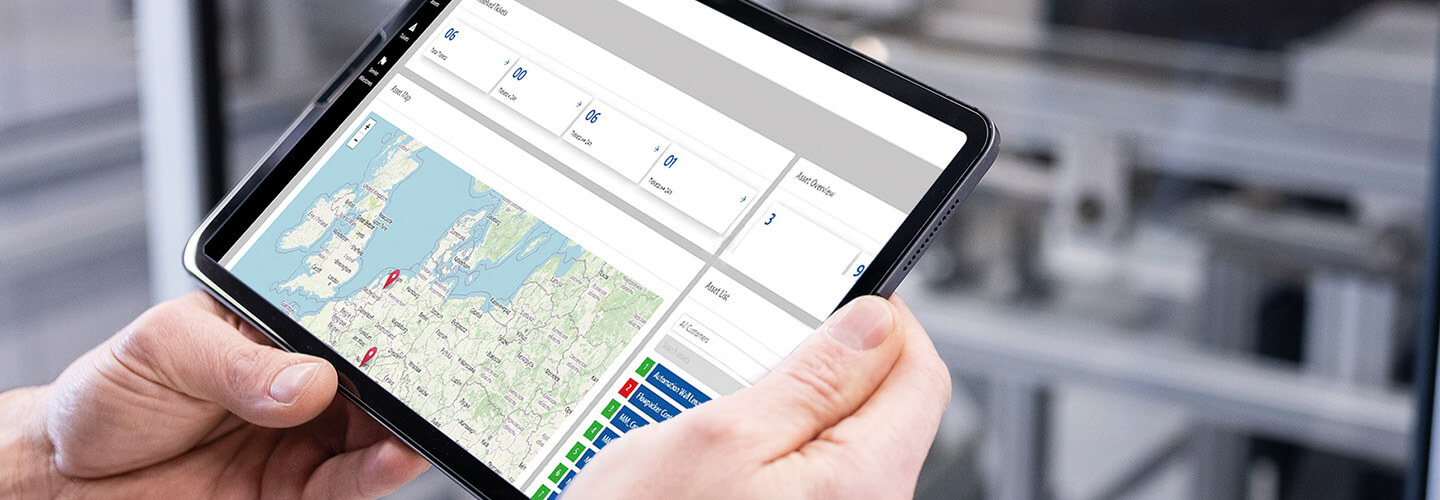

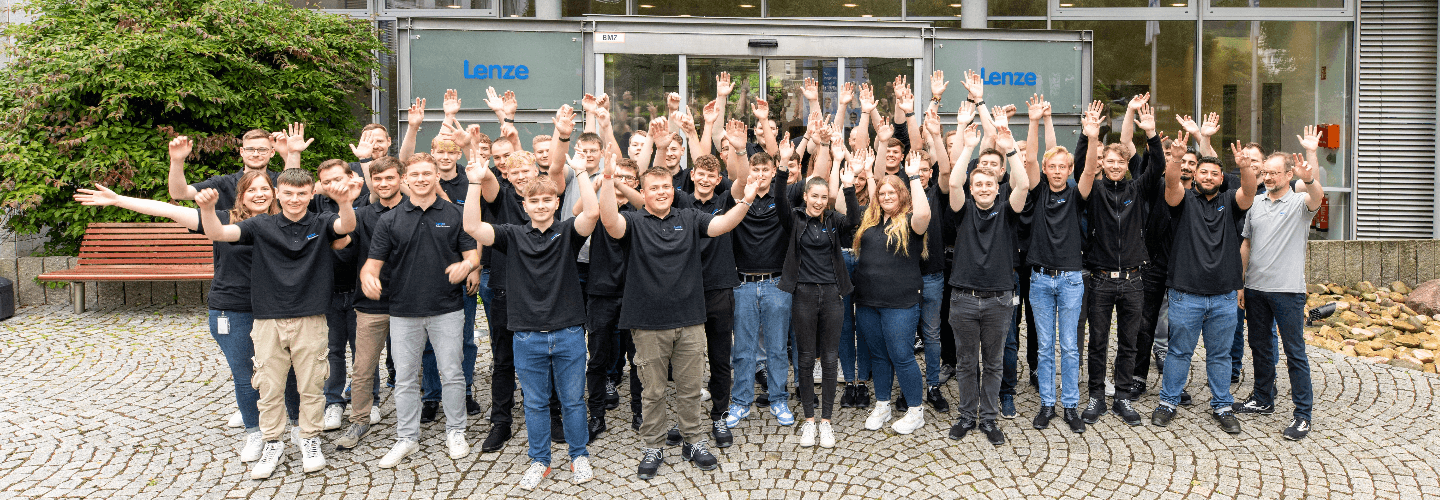
01. August 2023
Die Zukunft im Blick - 38 Nachwuchskräfte starten bei Lenze ins Berufsleben

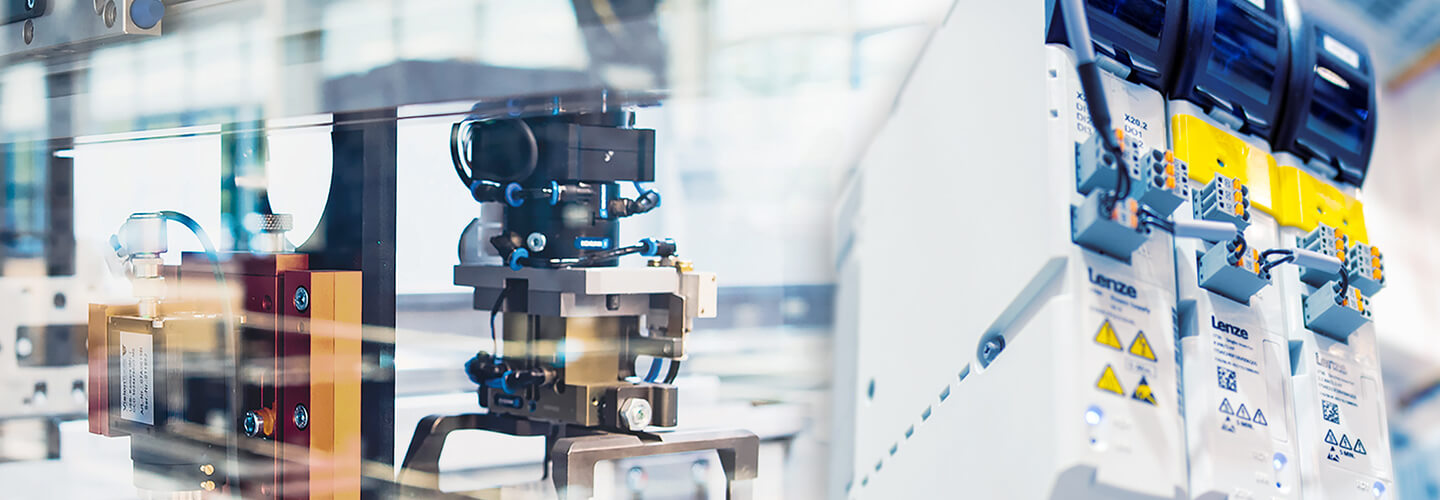
25. Mai 2023
Lenze bringt Antriebsperformance mit Servoumrichter i750 auf das nächste Level
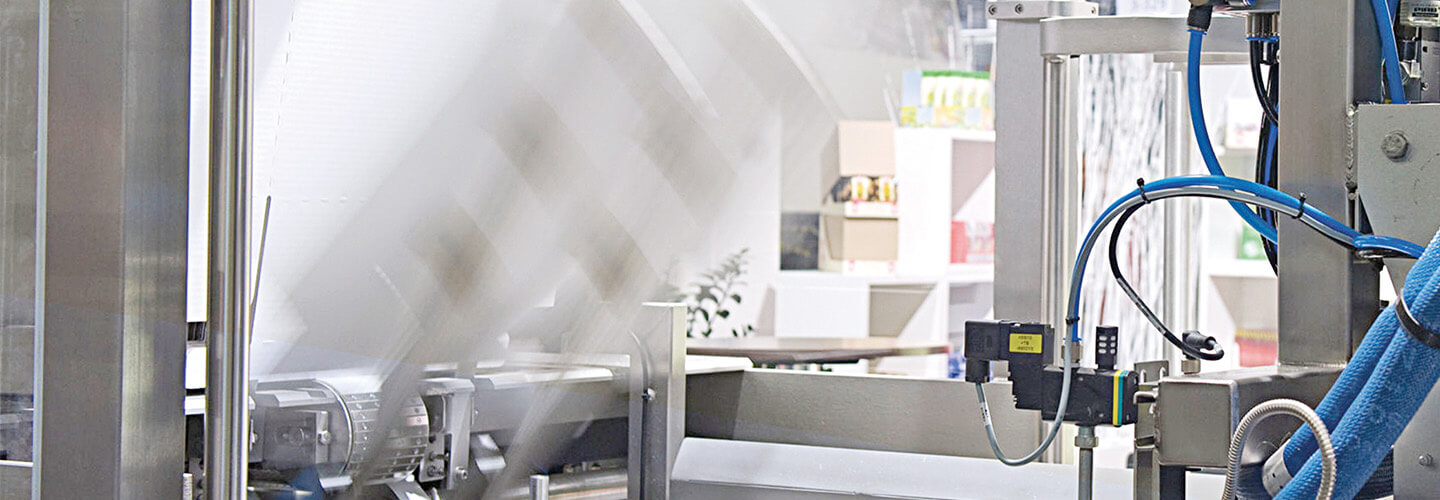
4. Mai 2023
Lenze liefert das Komplettpaket für die Automatisierung der Verpackungsindustrie
Messestand auf der Interpack überzeugt mit cloudbasierten Portallösungen und Live-Präsentationen

28. April 2023
Neugierig auf Technik
Zukunftstag: 50 Schülerinnen und Schüler erleben Lenze hautnah
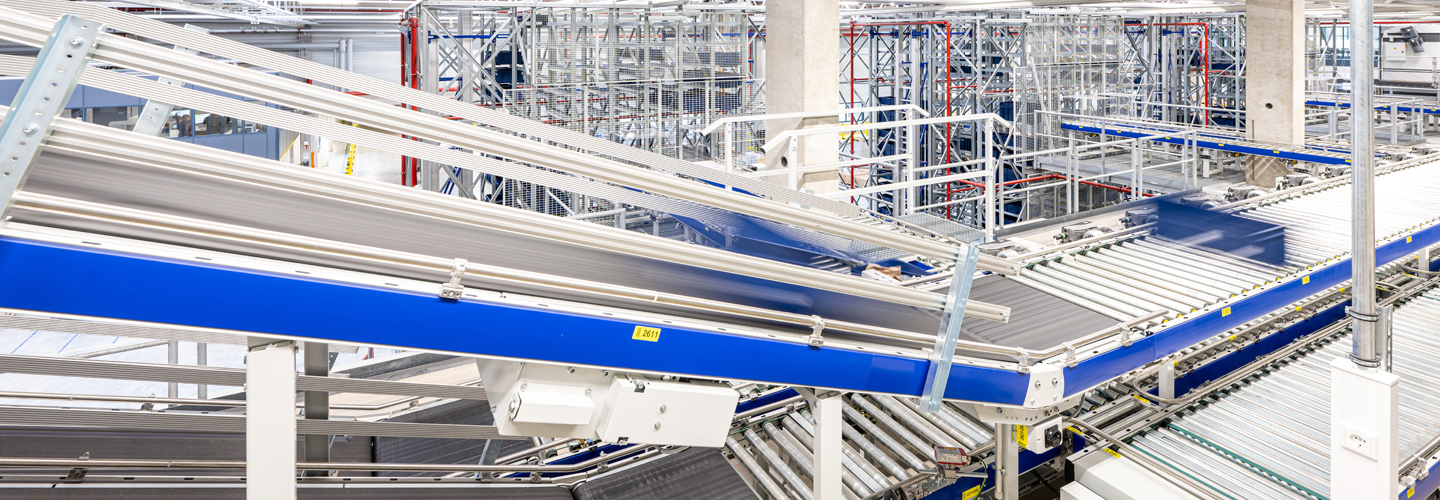
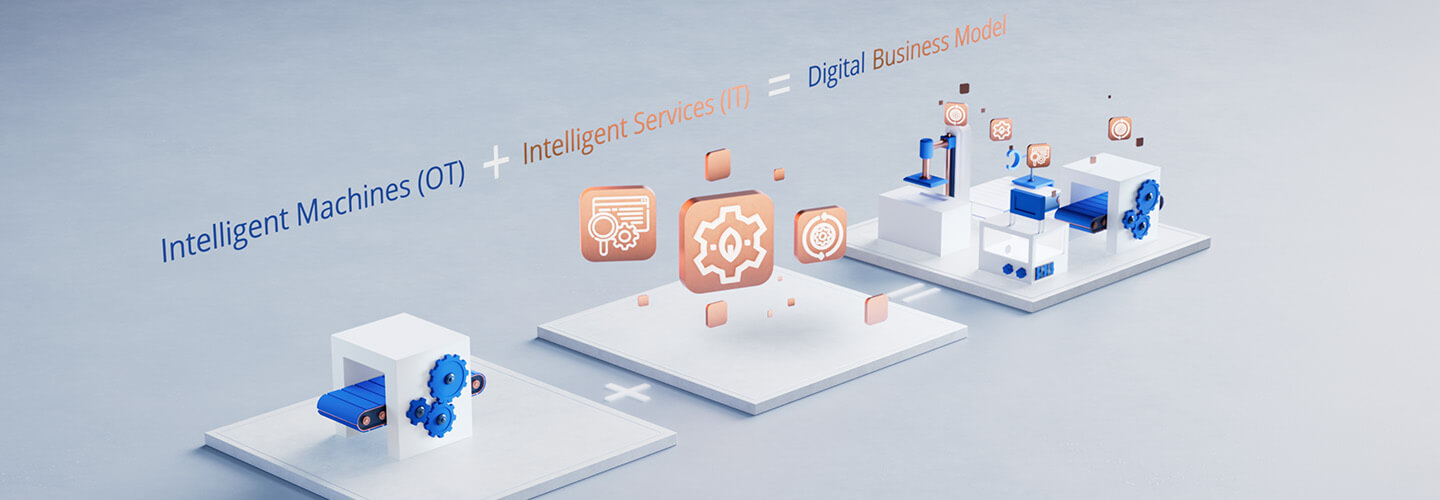
16. April 2023
Der Maschinenbau braucht digitale Lösungen
Lenze zeigt, wie das Zusammenspiel von IT und OT Maschinenbauer wettbewerbsfähiger macht

23. März 2023
Neuer Chief Technology Officer (CTO) für die Lenze-Gruppe
Dr.-Ing. Claus Bischoff tritt im April die Nachfolge von Dipl.-Ing. Frank Maier an
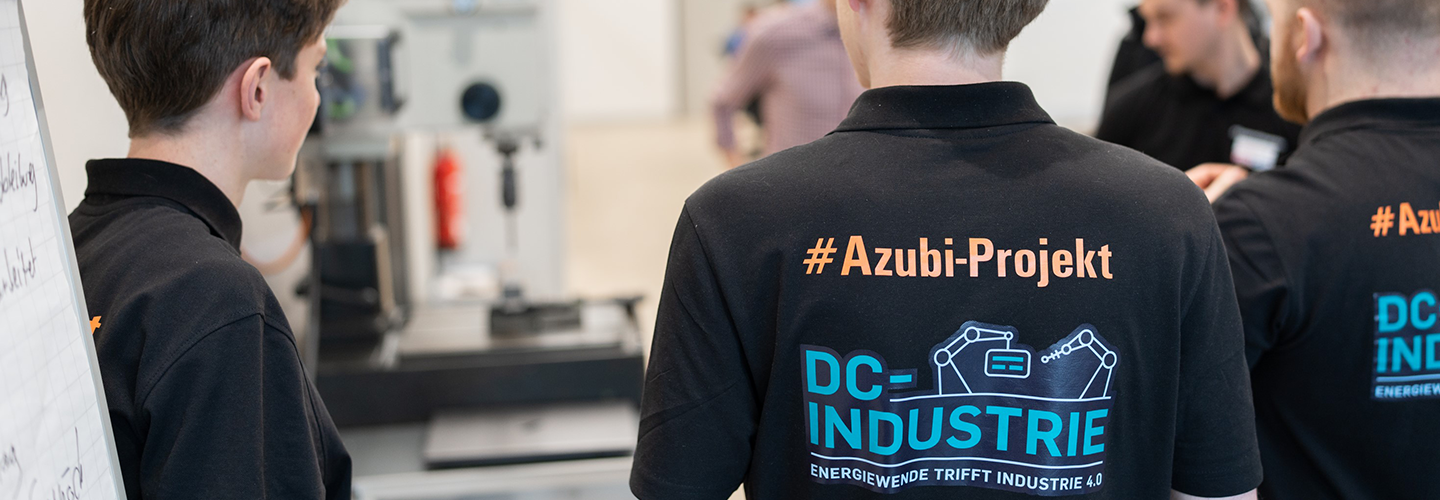
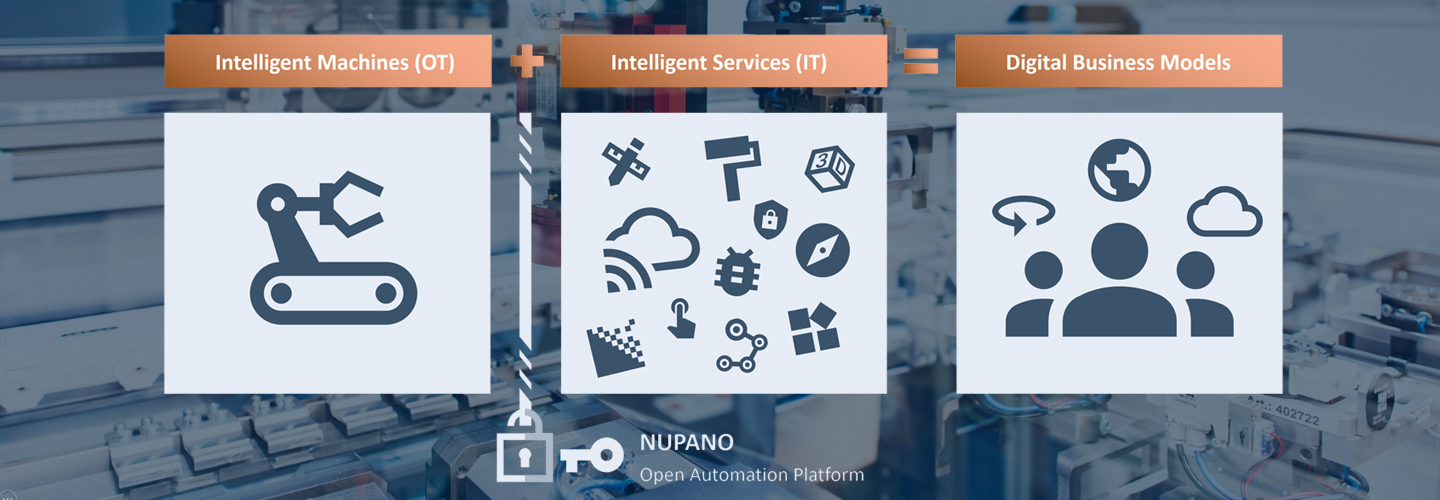
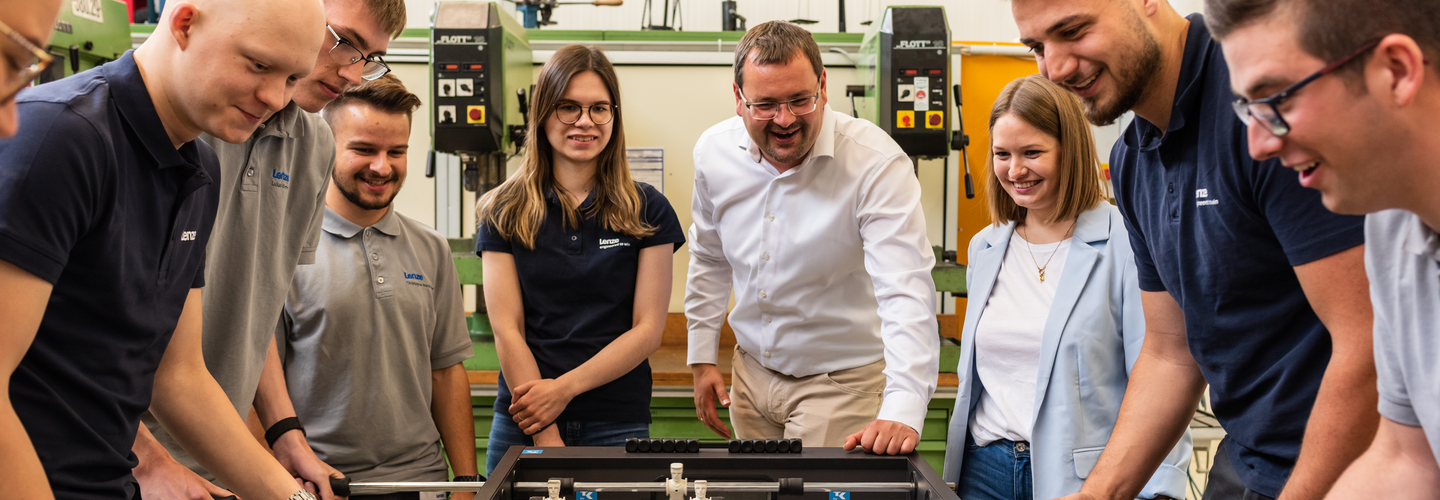
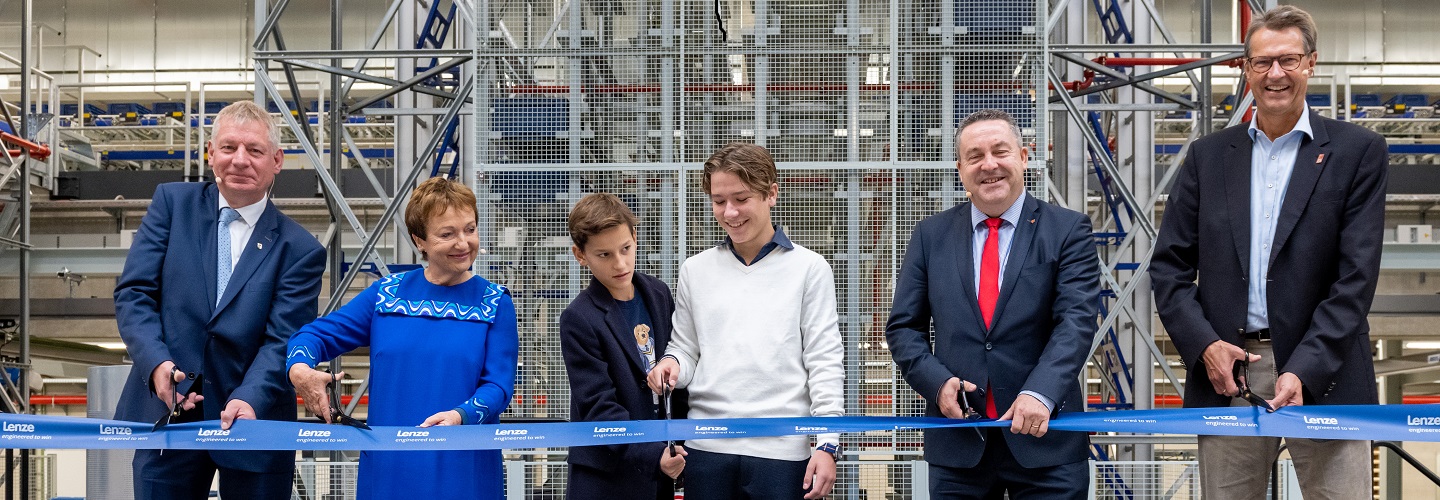
15. Oktober 2022
Mechatronic Competence Campus (MCC) in Extertal eröffnet
Mitarbeiter und ihre Familien feiern 75 Jahre Lenze in Groß Berkel und weltweit
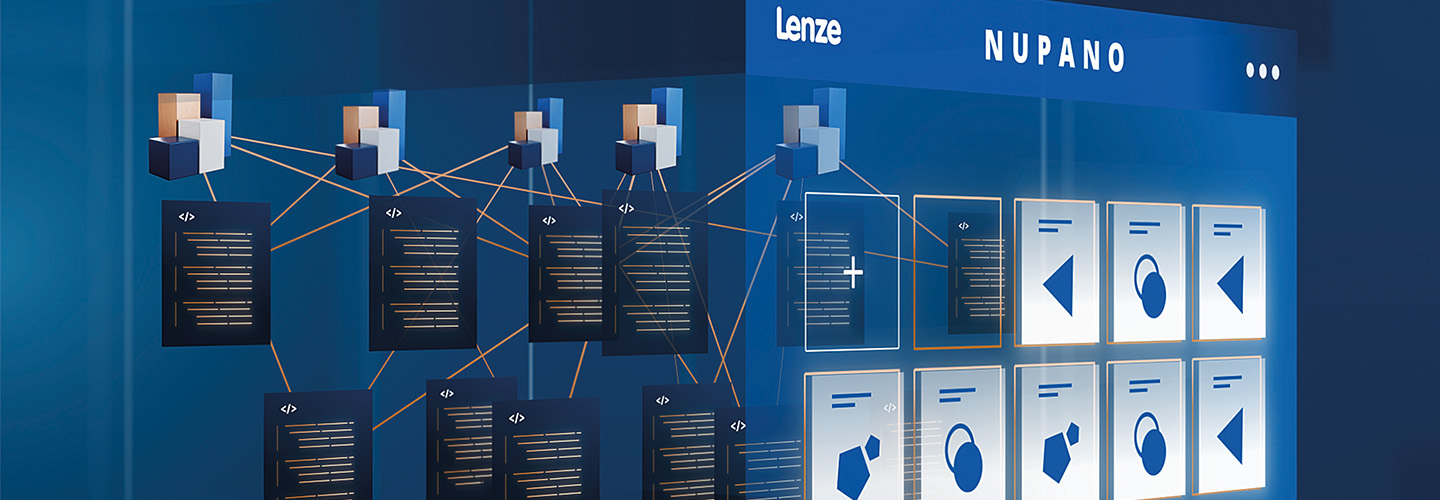
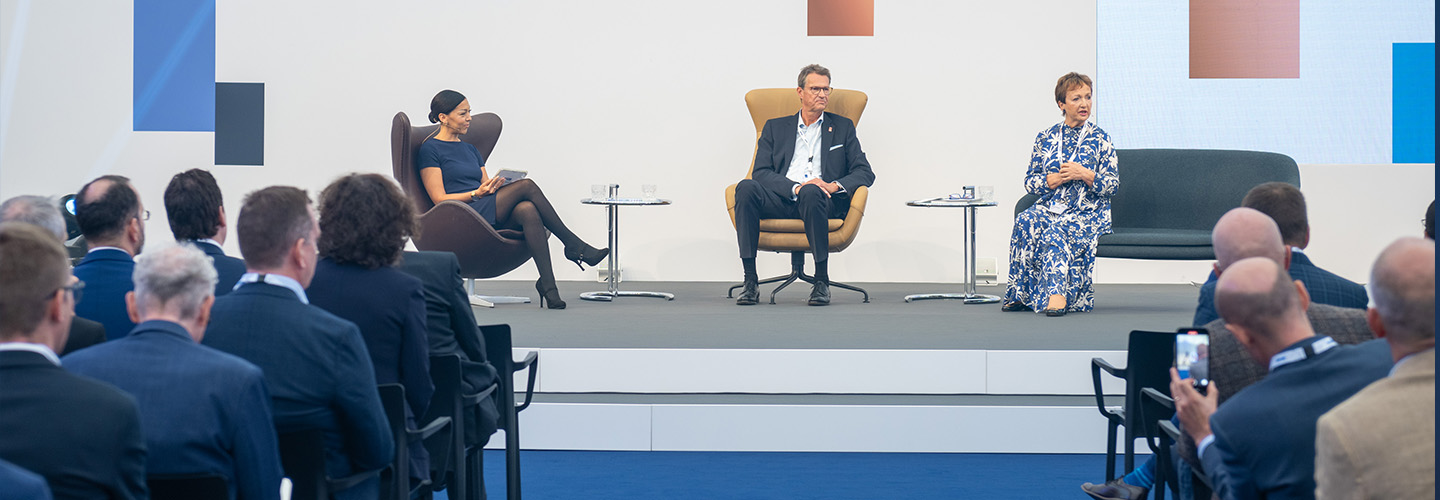
13. Oktober 2022
